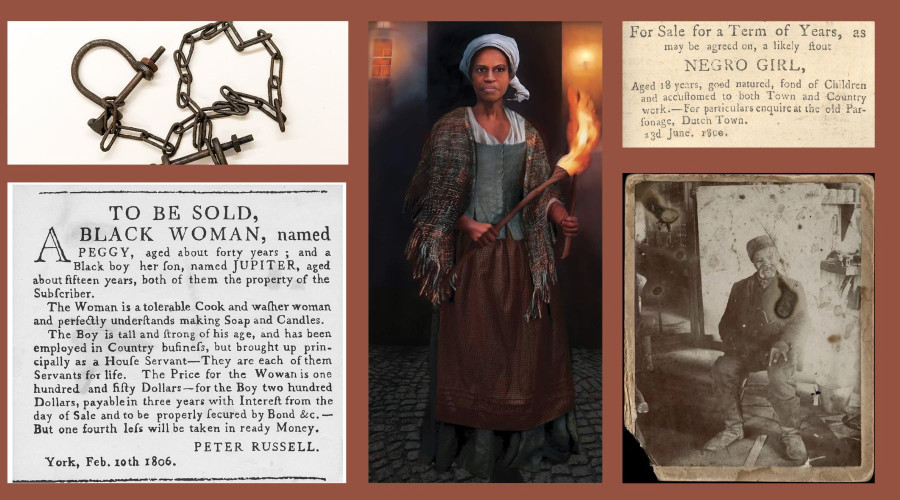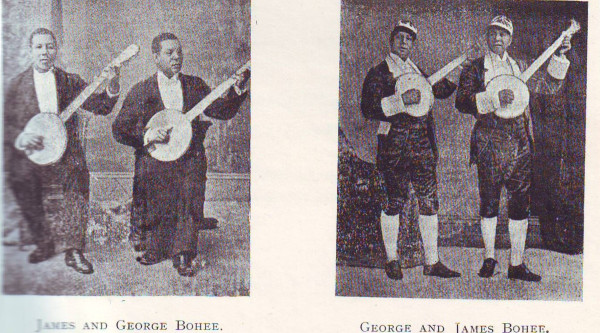White people crowned Simcoe as an exceptional “ally” because he supposedly made Ontario the first British jurisdiction to abolish slavery in 1793. Except the Act Against Slavery was never enforced. The Act banned the importation of enslaved Africans and mandated that Black children born henceforth remain enslaved until age 25. Take a wild guess at what life expectancy was for an enslaved person at that time. The Act essentially sentenced all enslaved people to remain enslaved til death.
Simcoe’s Act Against Slavery freed not a single Black person in Ontario.
Despite (or perhaps due to…) Simcoe’s performative, hollow gesture, the all-white Toronto City Council established the civic holiday in honour of Simcoe in 1869. Black people’s collective eyes are rolling.
The next hollow victory for enslaved people came on August 28, 1833, when the Brits signed off on slavery “abolition” in its colonies (including Canada). The Act for the Abolition of Slavery came into force on August 1, 1834. That left an entire year for Canadian slave owners to cross over to the USA to secretly sell their ‘property,’ should they choose to recoup the cost of their chattel investments.
Wait. It gets ‘better’.
The Act for the Abolition of Slavery’s full name is “Act for the Abolition of Slavery throughout the British Colonies; for promoting the Industry of the manumitted Slaves; and for compensating the Persons hitherto entitled to the Services of such Slaves”.
In reality, only those below age six were emancipated. (They were too young to be put to work anyway!) Former slaves aged 6+ were re-baptized as “apprentices,” then condemned to unpaid, forced labour for 4 additional years. They had no rights, and were still subject to whips, rape and other forms of terror at the hands of their masters.
If you're finding it difficult to ascertain the difference between slavery and British “apprenticeship,” it’s because there is no difference.
The four-year “delay” gave the British parliament enough time to plan a taxpayer-funded compensation for slave owners’ “lost property” (i.e.: slaver welfare!). It cost $CDN 550 billion (adjusted for inflation). Sir John A. Macdonald’s wife received some of that loot.
It is puzzling for Canada to congratulate itself for the nothing-burger that is August 1, 1834. Nothing changed for the 800,000 enslaved people in the British colonies that day.
Almost every former colony has an annual emancipation celebration. Haiti celebrates January 1st (emancipation on Jan 1, 1804). Trinidad celebrates the 1838 emancipation (not 1834). The former British colony of Cape Town, South Africa, commemorates Dec 1, 1838, the day its enslaved population gained full rights. African-Americans don’t commemorate Abraham Lincoln’s Emancipation Proclamation (January 1, 1863) but Juneteenth, the day Union soldiers landed in rural Texas to inform slaves that they were free (June 19 1865). Texas enslavers had managed to keep the good news from their slaves for 2 and a half years.
It is not clear when slavery actually ended in Canada. Researchers haven’t yet pinpointed the date (or been interested in the subject matter). But we know for sure it’s not August 1st 1834. That’s why I don’t celebrate the made-up holiday that is “Emancipation Day.”
If Canada is to truly respect Black people and their lives, it behooves us to move beyond these tired fairy tales. It’s time to reckon with our nation’s past, including the long road to the abolition of slavery.

 By
By 








